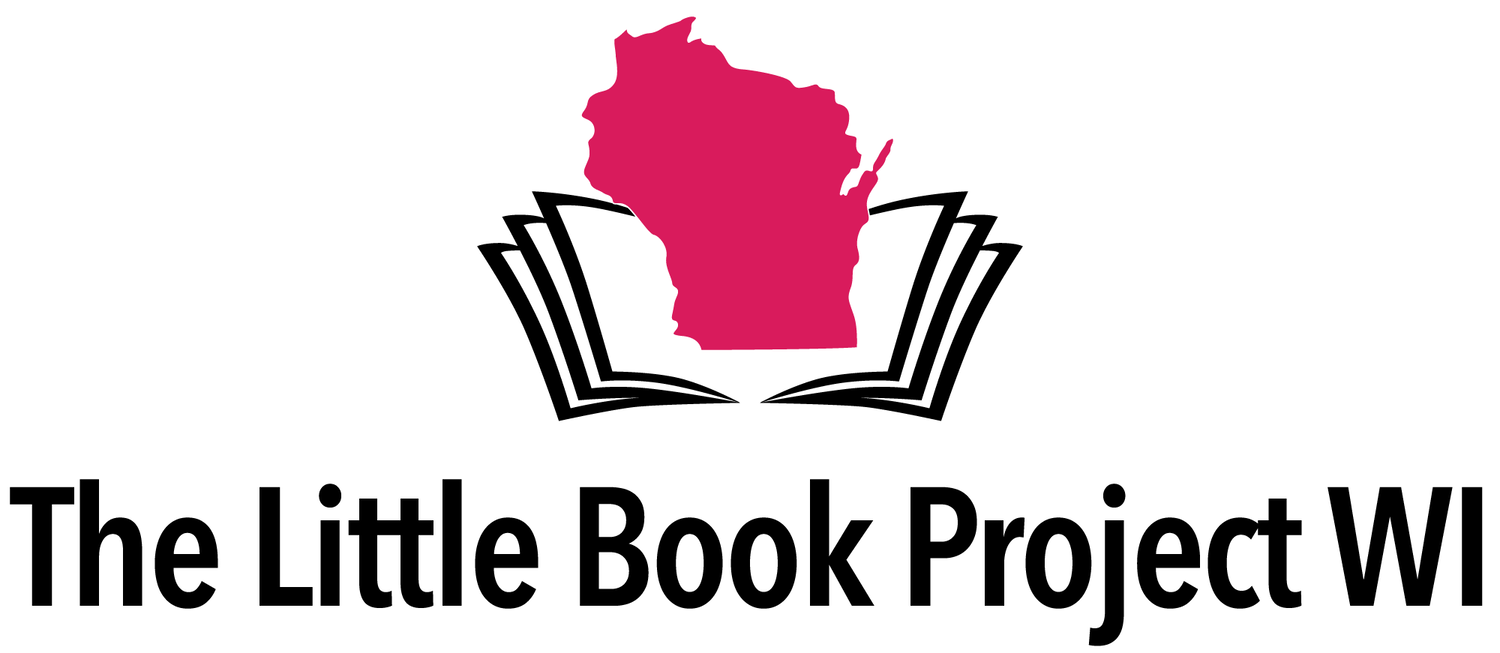Artist Profile: Dakota Mace
Dakota Mace is a Diné (Navajo) photographer and textile artist who focuses on translating the language of Diné weaving history and beliefs through alternative photography methods, weaving, beadwork and papermaking. She has also worked with numerous institutions and programs to develop dialogue and workshops on the importance of cultural appropriation concerning Indigenous design work.
Mace received her MA and MFA degrees in Photography and Textile Design at the University of Wisconsin-Madison and her BFA in Photography from the Institute of American Indian Arts. She is currently a visiting artist grad advisor in Painting and Drawing at the School of the Art Institute of Chicago and a photographer for the Center of Design and Material Culture at the University of Wisconsin-Madison.
1) What are the challenges and triumphs you have experienced in regard to being able to collaborate with other marginalized artists?
I think some of the triumphs in collaborating with other marginalized artists is the ability to be able to not only appreciate the different cultures, identities and perspectives that are represented but also being able to understand the way that these artists approach their work. The artists I've worked with have given me insight into how their art informs others while also creating a platform for different opportunities and opening more doors within the Madison community.
2) Do any of the following words accurately reflect past (or present) themes explored in your artwork: 'repurpose,' 'representation,' or 'revolt'?
Two of the themes that are explored in my work are the words repurpose or representation. With the word ‘repurpose,’ people often tend to gravitate towards the term sustainability. However, when it comes to Indigenous artists or practices, our relationship to land and nature goes back long before the introduction of this term. And it's still practiced today. Something you can see continuously with my work is this concept and idea of reusing different design motifs, materials and oral stories that inform my representation as a Diné artist.
Yákʼaashbąąh. Indigo-Dyed Weaving 2019
3) Any details you're willing to share about your current work(s) in progress?
My current work focuses on land, memory and generational trauma while also exploring how our art and traditions can be a form of healing. The reason for working on this theme is witnessing how the pandemic affected my community in New Mexico. This led to me creating work that focused on the term Hózhó, which in Diné translates to balance. And through this balance, we can heal ourselves plus give respect to our ancestors and the places we call home. This work is a combination of weavings, silversmithing, photography and oral stories. It is an exciting series—I am looking forward to sharing more information soon.
4) Fave installation, exhibition, writing &/or performance by another artist you've recently encountered?
This one is old so it isn't a recent encounter, but it's one of my favorite exhibitions that I've come across. This exhibition was initially in New York at the Pace Gallery, and it focused on paintings by Agnes Martin alongside Diné weavings that were made in the late 19th century. Many of these weavings showcased and celebrated the beauty of the Diné culture and the term Hózhó. What stood out to me was how the gallery allowed the Diné weavings to be art and highlighted these objects' importance far beyond their value as trade items. The exhibition was stunning. I think what stood out was, of course, the weavings themselvess—and as a Diné artist myselfs—being able to be in the presence of these weavings and appreciating their significance in my culture's history.
Tó (Water) I-IV, Scanned Cyanotype, 2021



